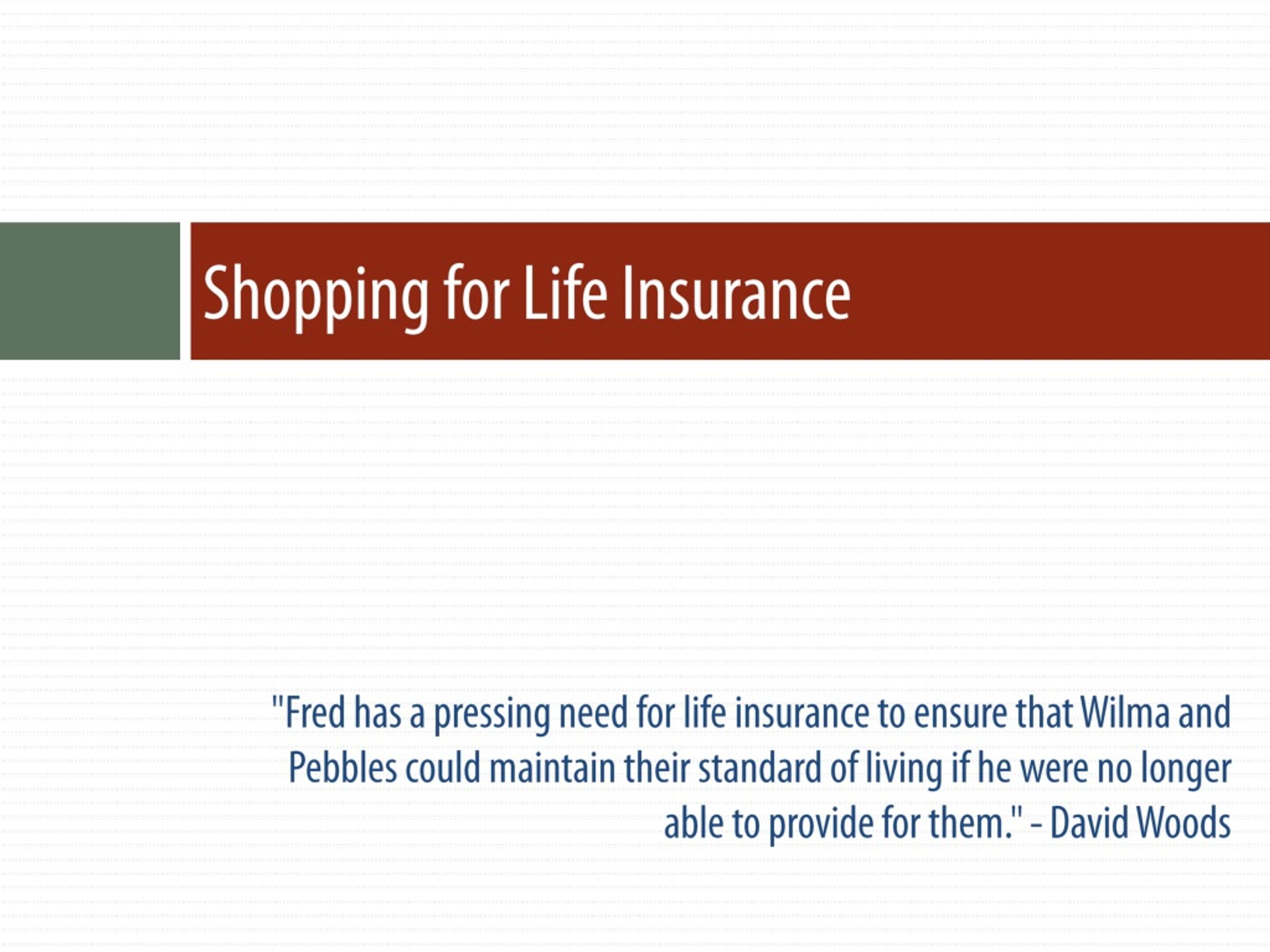When it comes to securing your family’s financial future, choosing the right life insurance policy is a crucial decision that requires careful consideration and strategic planning. With countless options available in the market, navigating the complexities of life insurance can be overwhelming. However, by adopting the right shopping strategies, you can ensure that you find the best coverage that aligns with your unique needs and budget. In this comprehensive guide, we’ll explore the most effective approaches to help you make an informed and confident decision.
Assess Your Needs: Determining the Right Coverage Amount
The first step in your life insurance shopping journey is to accurately assess your coverage needs. This involves evaluating various factors, including your age, income, debts, dependents, and long-term financial goals. A common rule of thumb is to secure a policy with a death benefit that is 10 to 15 times your annual income. However, this is just a starting point, and your specific circumstances may require adjustments.
To determine the appropriate coverage amount, consider the following:
- Outstanding debts (mortgage, loans, credit cards)
- Future educational expenses for children
- Replacement of your income for surviving dependents
- Potential final expenses (funeral costs, medical bills, etc.)
- Existing assets and savings
By thoroughly evaluating these factors, you can arrive at a more accurate estimate of the coverage amount that will provide sufficient financial protection for your loved ones in your absence.
Understand Policy Types and Features
Life insurance policies come in various forms, each with its own set of advantages and drawbacks. The two main categories are term life insurance and permanent life insurance (whole life, universal life, and variable universal life). Term life insurance provides coverage for a specific period, typically 10, 20, or 30 years, and is generally more affordable. Permanent life insurance, on the other hand, offers lifelong coverage and often includes a cash value component that can accumulate over time.
Within these categories, there are various policy types and features to consider, such as:
- Level term vs. decreasing term
- Renewable term vs. non-renewable term
- Guaranteed vs. non-guaranteed premiums
- Accelerated death benefits
- Waiver of premium riders
Understanding the differences between these options will help you select a policy that aligns with your specific needs, budget, and long-term goals.
Comparison Shopping: Leveraging Online Resources
In today’s digital age, the internet has become an invaluable resource for life insurance comparison shopping. Online quote tools and comparison websites can help you quickly gather quotes from multiple insurers, allowing you to compare premiums, coverage amounts, and policy features side by side.
When utilizing these online resources, be sure to:
- Provide accurate personal and health information for accurate quotes
- Compare policies with similar coverage amounts and term lengths
- Read policy details carefully, including exclusions and riders
- Verify the financial strength and ratings of the insurers
Additionally, consider consulting with independent insurance agents or brokers who can provide personalized guidance and access to a wider range of insurance providers.
Factors to Consider Beyond Premiums
While premiums are a significant factor in your life insurance decision, it’s important to consider other aspects that can impact the long-term value and reliability of your policy. Some key factors to evaluate include:
- Financial strength and stability of the insurance company
- Customer service and claims handling reputation
- Flexibility and options for policy adjustments or conversions
- Availability of riders and additional coverage options
- Underwriting process and requirements
By weighing these factors alongside premium costs, you can ensure that you’re selecting a policy that offers both affordability and long-term dependability.
Leveraging Professional Guidance
Life insurance can be a complex and nuanced topic, especially when navigating the finer details of policies and riders. While online resources and comparison tools are valuable, it’s often beneficial to seek professional guidance from a licensed insurance agent or financial advisor.
These professionals can:
- Assess your unique financial situation and goals
- Explain the intricacies of various policy types and features
- Provide personalized recommendations based on your needs
- Assist with the application and underwriting process
- Serve as an ongoing resource for policy management and adjustments
By leveraging the expertise of professionals, you can gain a deeper understanding of your options and make an informed decision with confidence.
The Key to Successful Life Insurance Shopping
When shopping for life insurance, the best strategy is to take a comprehensive approach that encompasses thorough needs assessment, policy education, diligent comparison shopping, and seeking professional guidance when necessary. By following these steps, you can navigate the complexities of the life insurance market and select a policy that provides the right level of protection for your loved ones while aligning with your budget and long-term financial goals.
Remember, securing life insurance is an investment in your family’s future, and taking the time to find the perfect fit can provide invaluable peace of mind and financial security. Embrace the shopping process with diligence and an open mind, and you’ll be well on your way to making an informed and confident decision that safeguards the well-being of those you care about most.
How to Pick the Perfect Term Life Insurance Policy
FAQ
What is the main factor you should consider when buying life insurance?
Which is the best reason to buy life insurance quizlet?
Which of the following is the best reason to purchase life insurance?
When would be a good time to look into purchasing life insurance?

